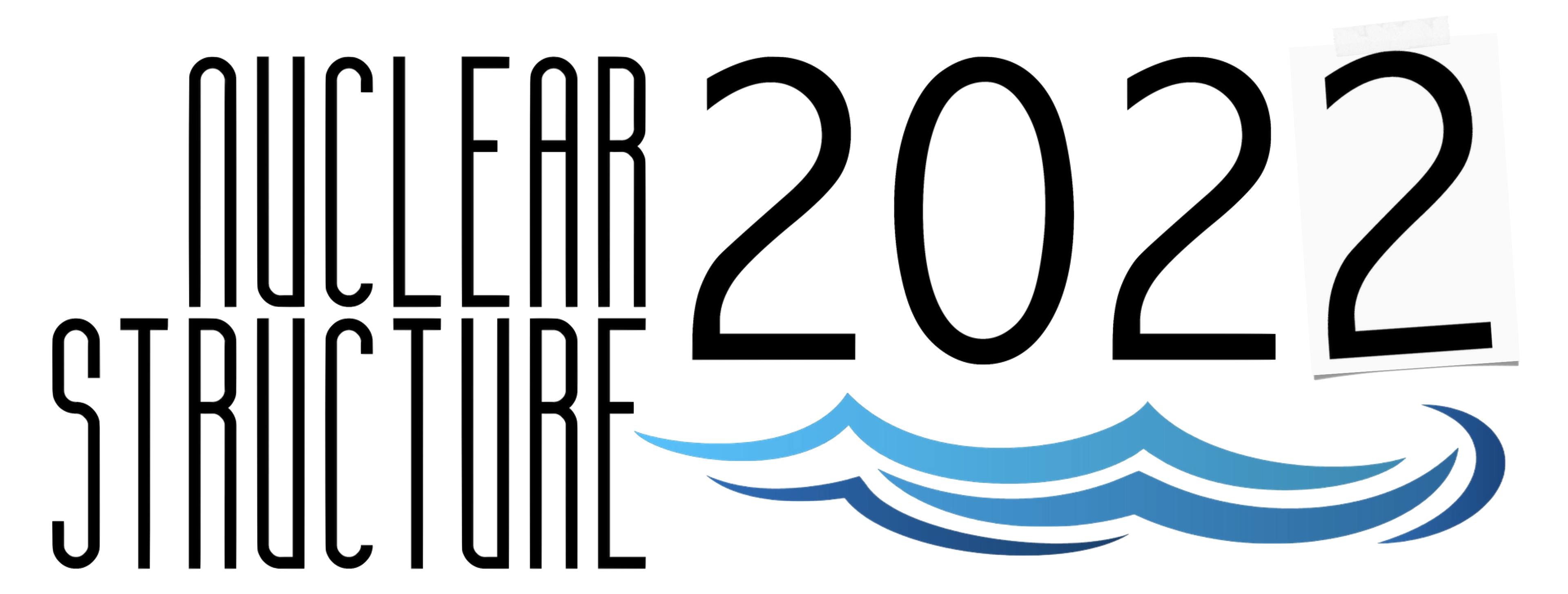Speaker
Description
In this contribution, we present measurements of the nuclear magnetic dipole moments and nuclear electric quadrupole moments of the 113-131In isotope chain, performed using the Collinear Resonance Laser Spectroscopy experiment at ISOLDE, CERN.
We show that the electromagnetic properties of the neutron-rich indium isotopes significantly differ at N = 82 compared to N < 82, despite the single unpaired proton dominating the behaviour of this complex many-body system. This challenges our previous understanding of these isotopes, which were considered a textbook example for the dominance of single-particle properties in nuclei [1, 2].
To investigate the microscopic origin of our experimental results, we performed a combined effort with developments in two complementary nuclear many-body methods: ab-initio valence space in-medium similarity normalization group [3,4] and density functional theory [5].
When compared with our experimental results, contributions from previously poorly constrained time-odd channels [6,7], and many-body currents [8] are found to be important, demonstrating electromagnetic properties of ‘proton-hole’ isotopes around magic shell closures at extreme proton-to-neutron ratios can give us crucial insights.
[1] - K. Heyde. The Nuclear Shell Model. Springer Series in Nuclear and Particle Physics. Springer Berlin Heidelberg, Berlin, Heidelberg, 1990.
[2] - J. Eberz et al. Nuclear Physics A, 464(1):9–28, 1987
[3] - R. Stroberg et al. Annual Review of Nuclear and Particle Science, 69(1), 2019.
[4] - P. Gysbers et al. Nature Physics, 15(5):428–431, 2019.
[5] - J. Dobaczewski et al. J. Phys. G: Nucl. Part. Phys., 48(10):102001, 2021.
[6] – J.Engel and J. Menéndez. Reports on Progress in Physics, 80(4):046301, 2017
[7] – J. Dobaczewski et al. Phys. Rev. Lett., 121:232501, 2018.
[8] - S. Pastore et al. Phys. Rev. C, 87:035503, 2013.

